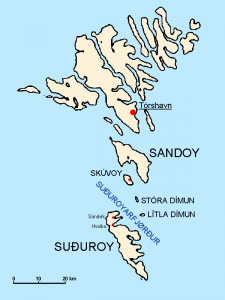
Photo Credit: Wikimedia Commons
In Whale Wars: Viking Shore, Watson led his crew into the Faroe Islands in the North Atlantic to stop the people of the small villages from holding their 1200 year old tradition, the grindadrá. Translating directly from Faroese, this “whale killing” has been occurring legally since the first settlers arrived in the islands. Pilot whales are targeted in this hunt as they are the most prominent whale species in the area and since this particular species of whale is not endangered according to the American Cetacean Society, the Faroese people are free to hunt them.
The grindadrá begins when the islanders receive a tip that there is a pod of whales near by the coast. The whales
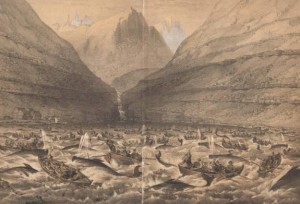
Photo Credit: Wikimedia Commons
are then driven into one of the 22 village bays using several of the villager’s boats. Waiting on the shore is the village’s community. With grindaknívur, or whaling knife, in hand, the Faroese people rush to the now beached whales to kill them in a quick and precise manner. The Faroese people claim that it takes less than two minutes for the whales after their dorsal area is cut, severing the spinal cord, to die, but for a skilled hunter, it takes less than 30 seconds. This method of hunting using the whaling knife is viewed as the quickest, most humane way to kill pilot whales.
In a beef slaughterhouse, a cow is shocked with 300 bolts or electricity to stun the animal, but it is still alive. It is then hung upside down, while still alive and conscious, and then its carotid artery and jugular vein is severed and the animal is left hanging until it bleeds out and dies. The process of slaughtering animals like cows, chickens, and pigs takes place every day with nine billion animals per year killed in a slaughterhouse in America alone. The process of electrocuting a cow, hanging it by its feet, and draining its blood until it dies is a process that takes several minutes, longer and more inhumane than one quick cut that a pilot whale endures during a grindará.
While nine billion animals are being slaughtered for consumption in America every year, the Faroese people only hunt around 850 whales per year. With over 778,000 pilot whales estimated to still be in existence, the International Union for Conservation of Nature says the hunting of pilot whales in the Faroese islands is sustainable.
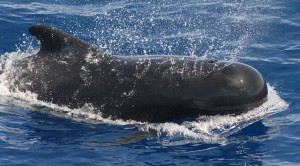
Photo Credit: Wikimedia Commons
In an American slaughterhouse, 15% of an animal is unusable and considered waste while another 45% is turned into products like candles which can be exported and traded with other countries for a profit. In the Faroese Islands, whale meat and blubber is the staple of their diet. With the islands barren soil, it is near to impossible for the land to be developed into usable farming land. In the winter, the Faroese rely on dried whale meat as their major food source. Whale meat and blubber is used as food, while blubber is also converted into oil for burning and light, the skin is used to make rope and lines, and the stomach is used as a flotation device. Almost none of the whales hunted during a grindará goes to waste and none of the products, whale meat, or blubber is exported from the island for profit. It all stays within the island, providing the people with basic necessities to live like food and light.
Paul Watson and The Sea Shepherds went into the Faroese islands with the preconceived notion that the grindará was a sporting and spectator event where thousands of whales were being inhumanely slaughtered and then wasted or used for profit. The crew was very quick to judge the age old tradition when they should be turning to their own country, viewing how their food is treated on slaughter day.








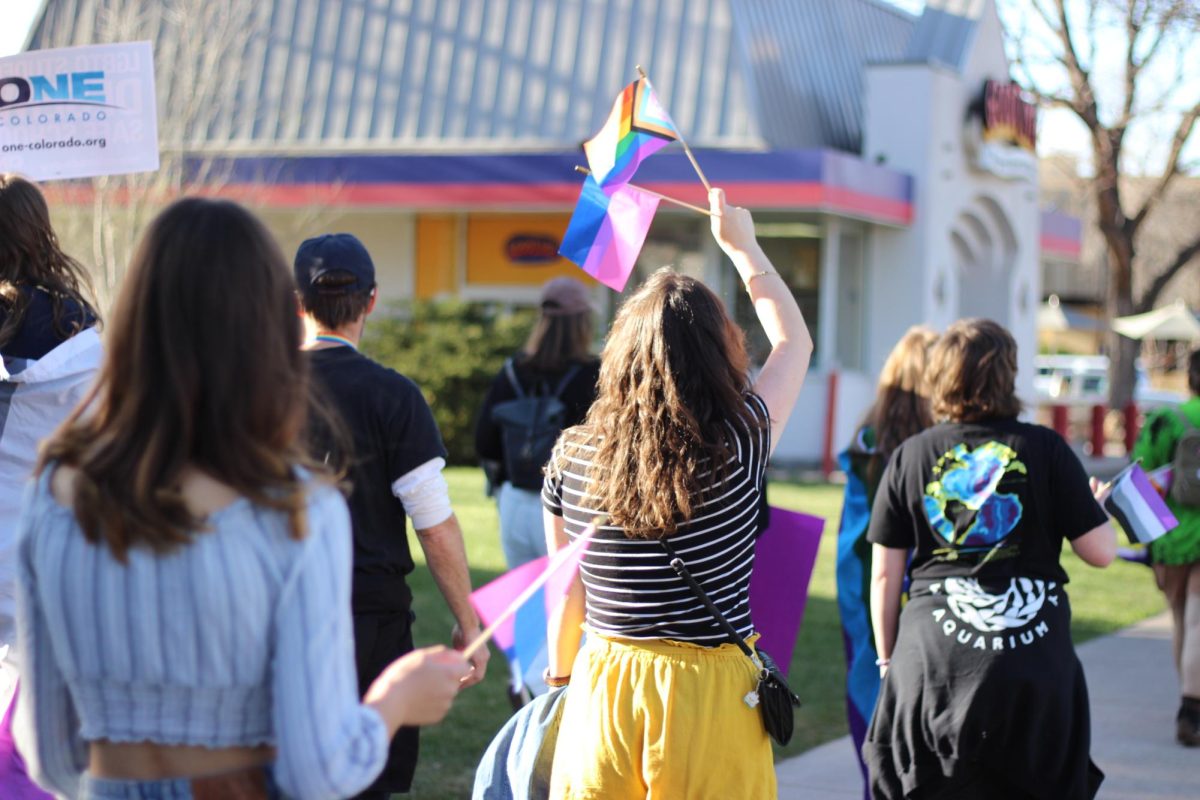


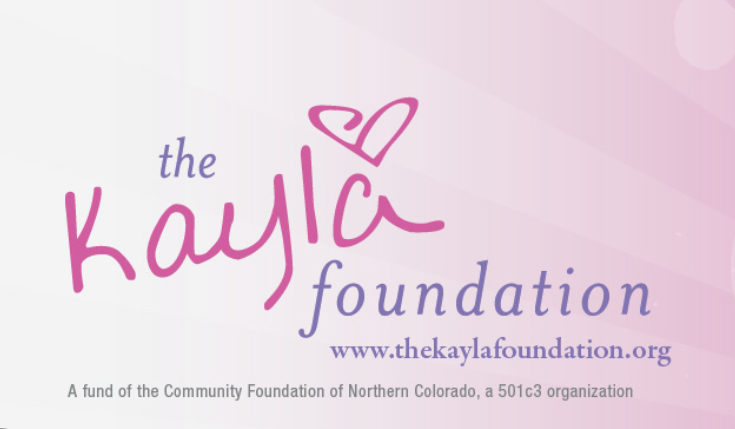

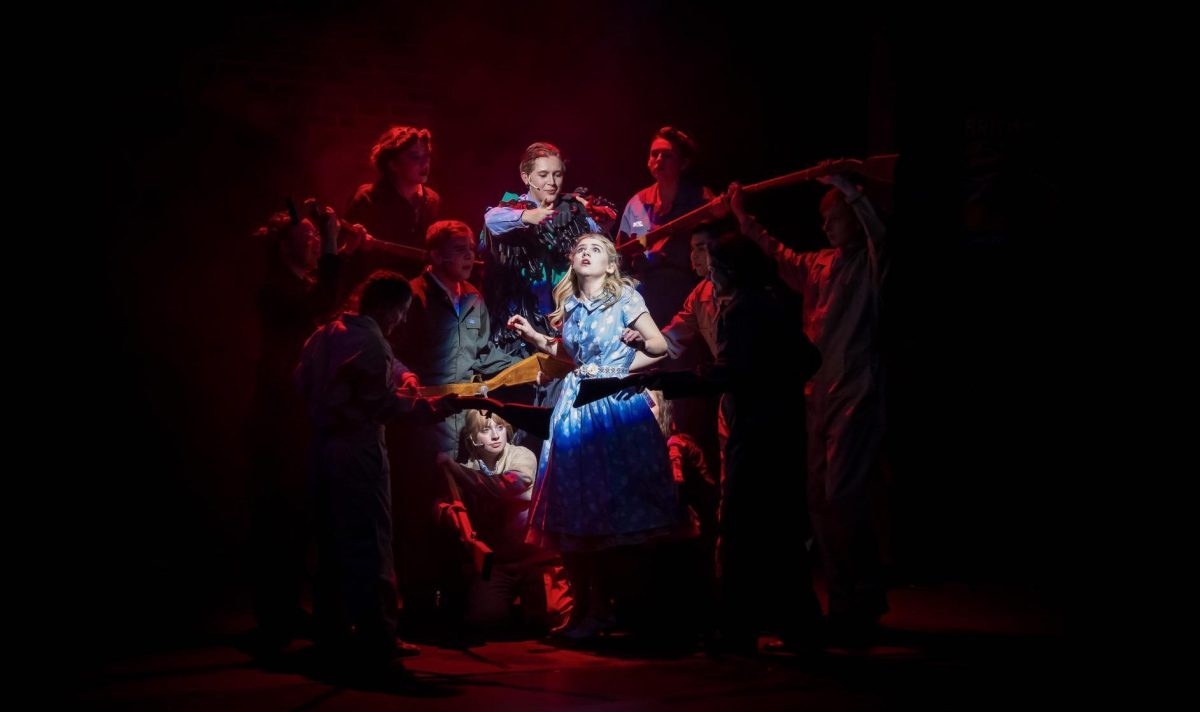
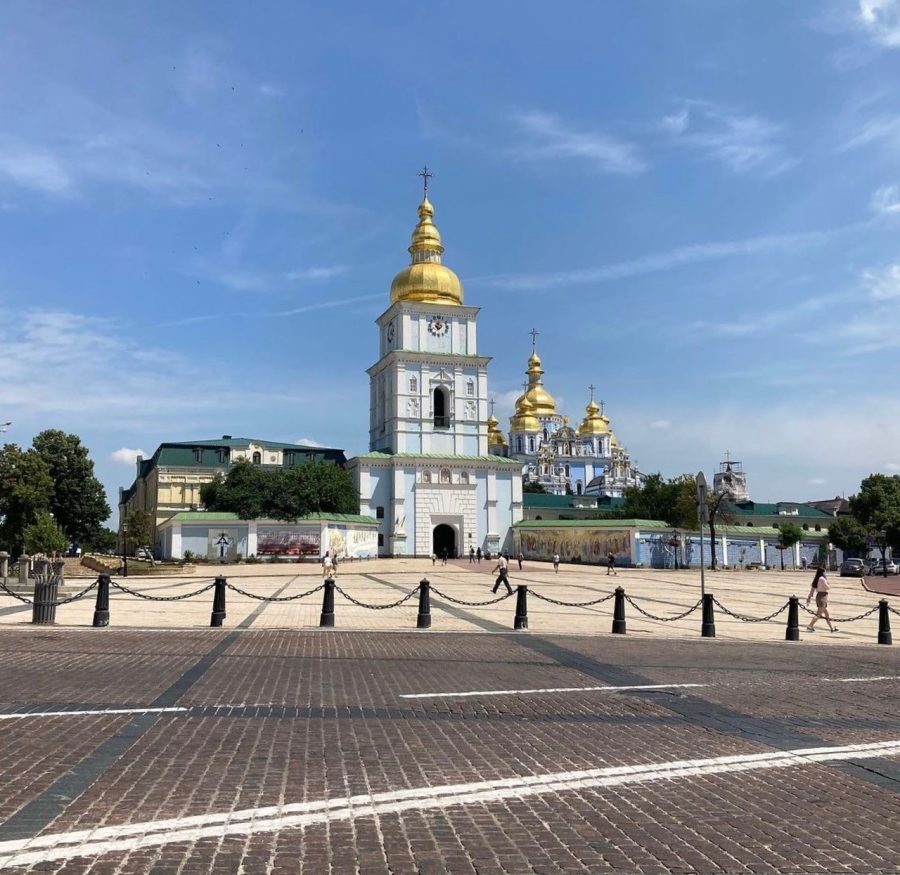



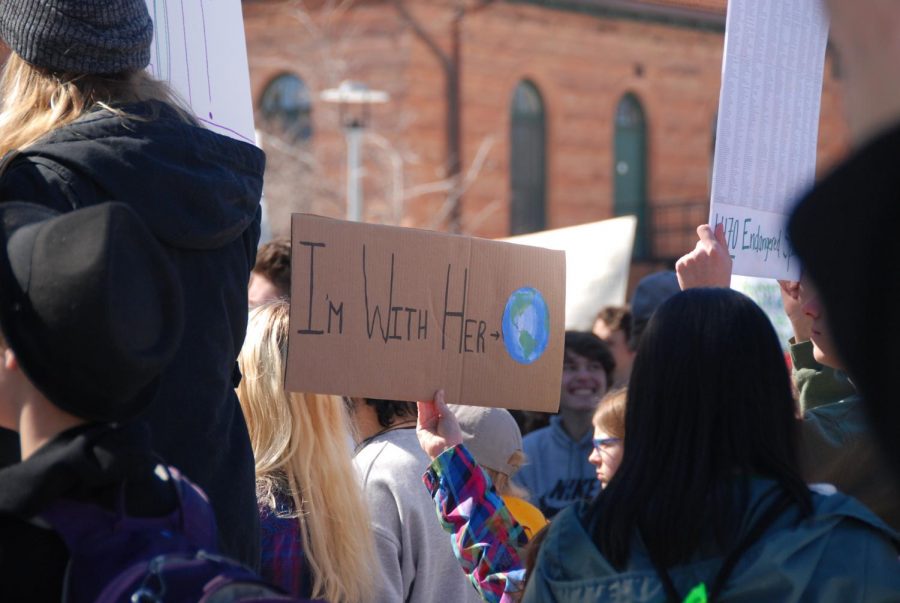
Finola Prescott • Jan 26, 2014 at 6:57 am
Your article makes a welcome effort at putting a difficult subject in a less emotionally charged light – I applaud you for this heartily: it takes a brave person to stand up with an opinion that opposes any strongly emotional argument.
Keep this spirit of trying to find the stories underneath the emotional arguments of the ‘pro’ and ‘con’ lobbies – I think we look for simple answers too much – the anti-whaling and the ‘traditional need’ lobbies both oversimplify…so keep on researching, keep on seeking to bring balance and looking for better answers for all.
Craig Allen • Jan 19, 2014 at 5:22 pm
Make no mistake ..it actually is an addictive sport. No longer a necessity for primitive needs, this has become a modern thrill of enjoying a ritualistic mass slaughtering of huge benevolent beings by chasing, gaffing, and slicing throats among fellow hunters sharing the day long adrenaline rush. The ancient survival practice has been reduced to little more than an exciting, addictive bloodsport evidenced by their refusal to quit though it’s not subsistence and many there disapprove.
http://www.youtube.com/watch?v=lLyiJf9G9iA